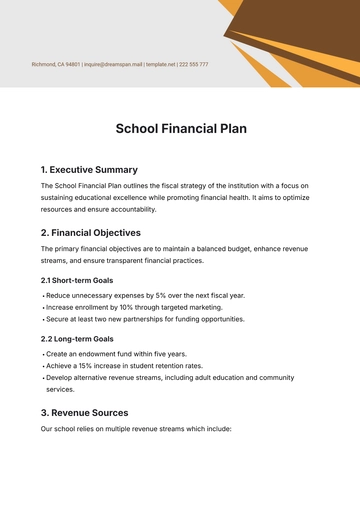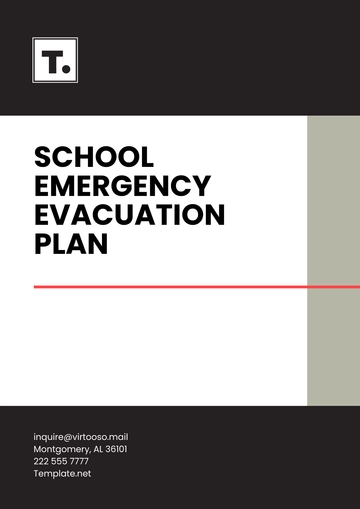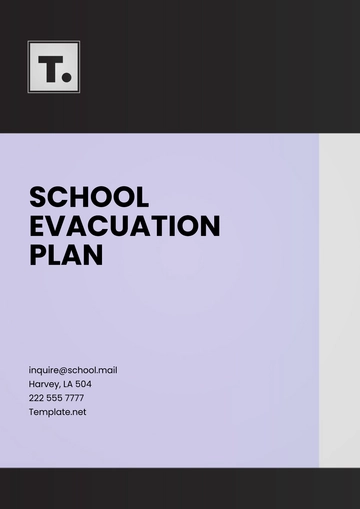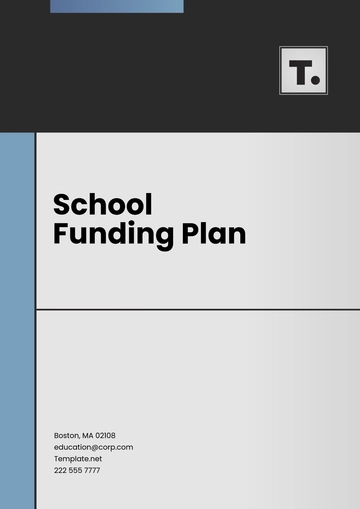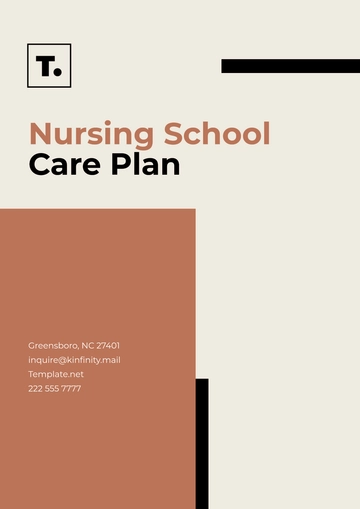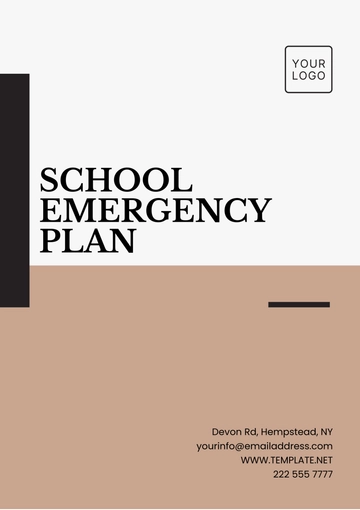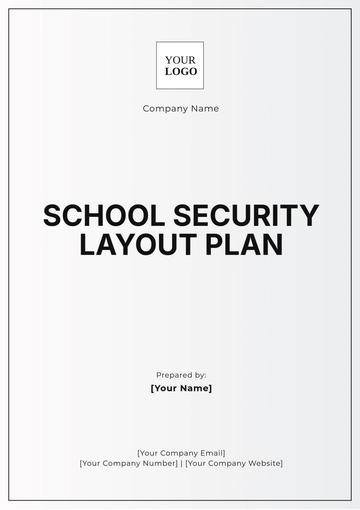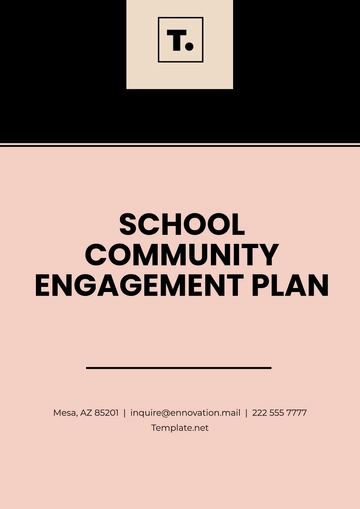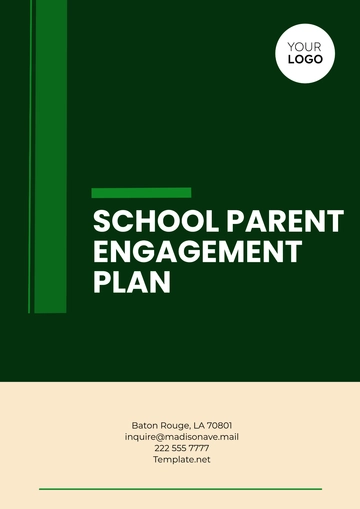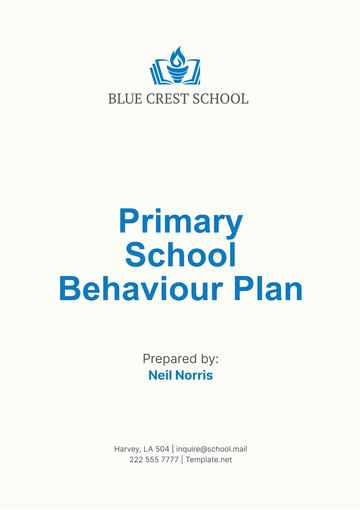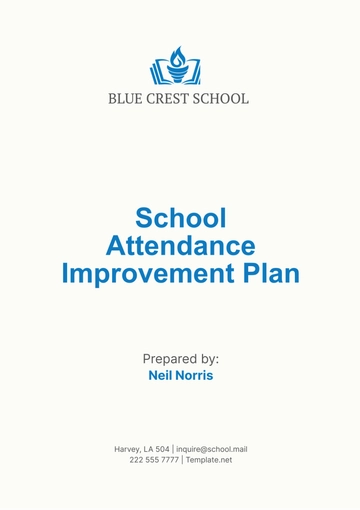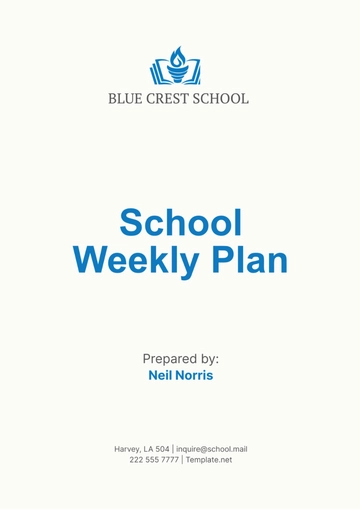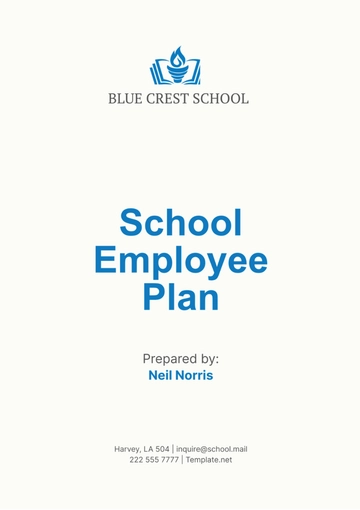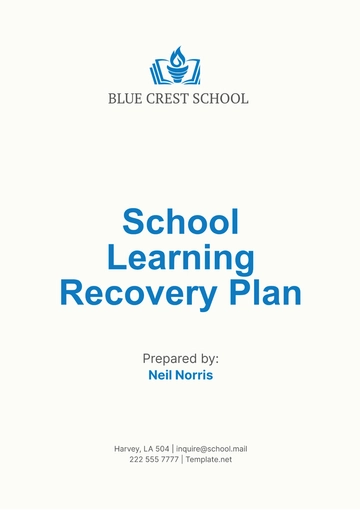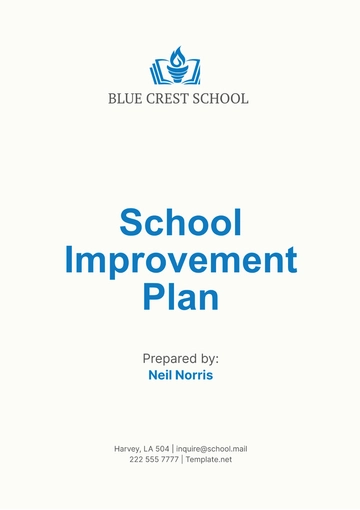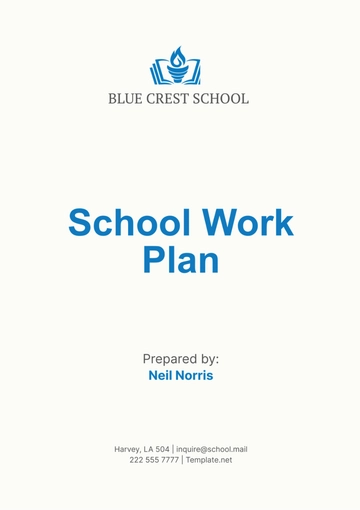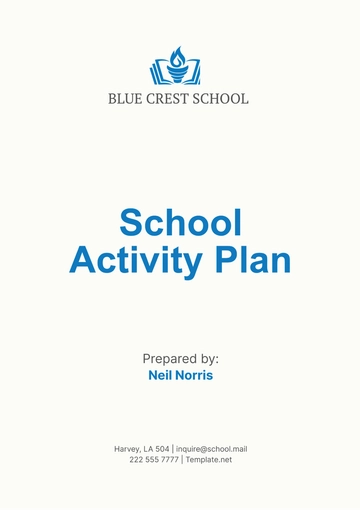Free School Social Media Content Plan
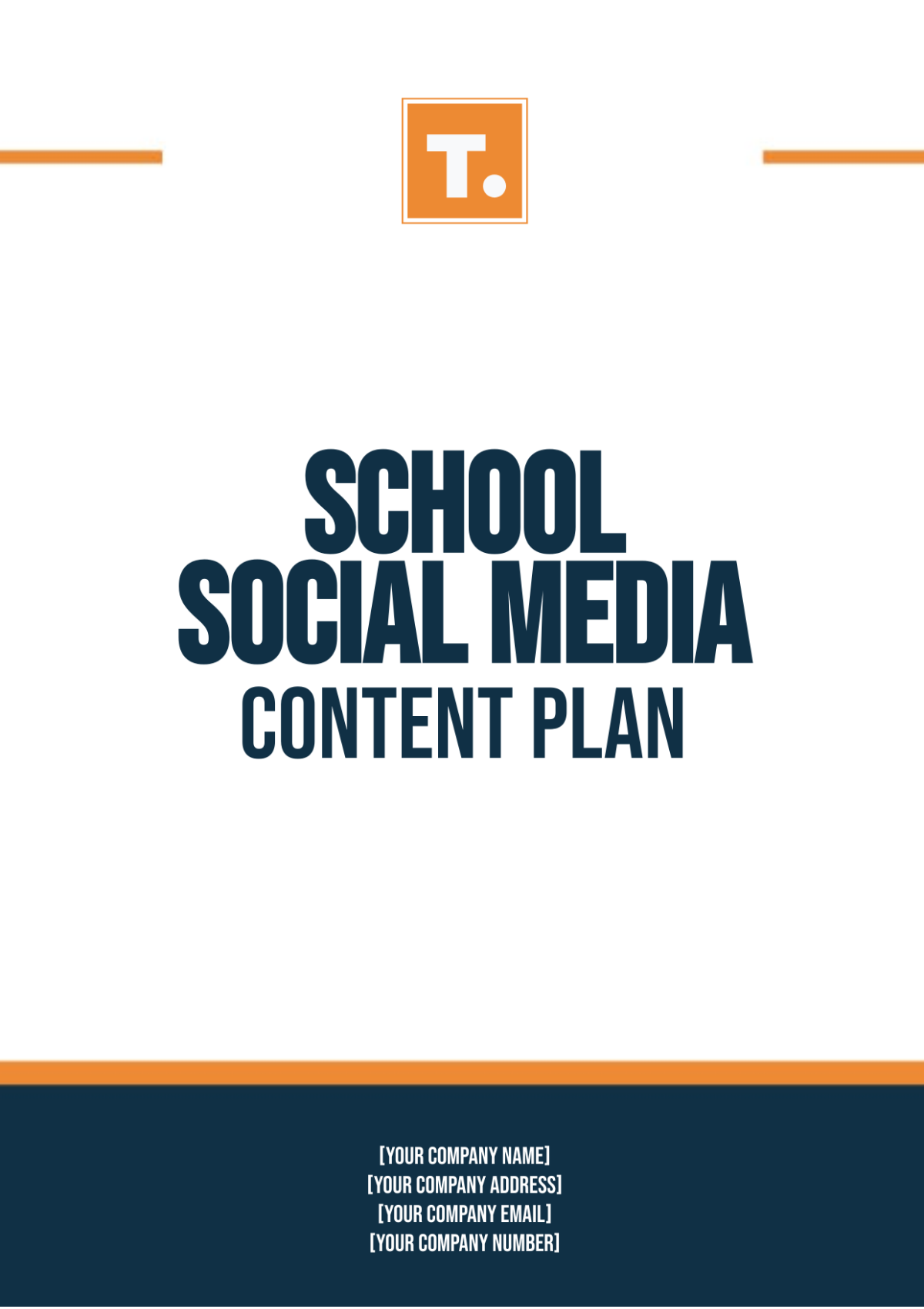
I. Introduction
The purpose of this School Social Media Content Plan is to outline the strategies and actions necessary to effectively promote school events, including sports games, fundraisers, and parent-teacher meetings, using social media platforms. This plan aims to enhance community engagement, increase event attendance, and strengthen the school's online presence.
II. Goals and Objectives
Increase Event Awareness: Ensure that all school events are effectively communicated to students, parents, staff, and the wider community.
Enhance Engagement: Foster a sense of community and encourage participation in school events.
Boost Attendance: Drive higher attendance rates at school events through targeted social media promotions.
III. Audience Analysis
Primary Audience: Students, parents, and school staff.
Secondary Audience: Alumni, prospective students, local community members, and partners.
IV. Content Strategy
Types of Content:
Event Announcements: Informative posts detailing the what, when, where, and why of upcoming events.
Reminders and Updates: Regular reminders leading up to the event, including day-before and day-of updates.
Highlight Reels: Post-event coverage showcasing highlights and key moments.
Behind-the-Scenes: Engaging content that offers a sneak peek into event preparations.
Themes and Topics:
Sports Events: Game schedules, player spotlights, live scores, and post-game highlights.
Fundraisers: Objectives, beneficiary details, progress updates, and success stories.
Parent-Teacher Meetings: Schedules, importance of participation, and recaps of key discussions.
Key Messages:
Promote school spirit and community involvement.
Highlight the benefits and importance of each event.
Encourage active participation and support.
V. Platform Strategy
Facebook:
Detailed event pages
Regular updates and engagement through comments
Live streaming of significant events
Instagram:
Visually engaging posts and stories
Use of hashtags to increase reach
Short videos and reels for event highlights
Twitter:
Quick updates and reminders
Live-tweeting during events
Retweeting community posts related to events
YouTube:
Full event videos and highlight compilations
Behind-the-scenes content
Testimonials and interviews
TikTok:
Creative and engaging short videos
Challenges and trends related to events
Student and staff participation in content creation
VI. Content Calendar
Date | Event | Content | Platform | Responsible |
|---|---|---|---|---|
January 10 | Winter Sports Day | Event announcement video | Instagram, TikTok | Marketing Team |
January 25 | PTA Meeting | Reminder post | Facebook, Twitter | Communications Team |
February 5 | Science Fair | Behind-the-scenes preparation photos | Science Dept. | |
March 15 | Spring Fundraiser | Live-streaming of the event | Facebook, YouTube | IT Dept. |
April 20 | School Musical | Highlight reel | YouTube, Instagram | Drama Club |
May 30 | Graduation Ceremony | Real-time updates and photos | Twitter, Facebook | Admin Team |
VII. Roles and Responsibilities
Marketing Team: Crafting and scheduling posts, creating visual content.
Communications Team: Writing copy, engaging with followers, monitoring comments.
IT Department: Managing live streams, ensuring technical support.
Event Coordinators: Providing content ideas, details, and updates.
Students and Staff: Participating in content creation and sharing.
VIII. Engagement and Moderation Guidelines
Response Time: Aim to respond to comments and messages within 24 hours.
Tone and Voice: Maintain a positive, inclusive, and informative tone.
Moderation: Monitor comments for inappropriate content and address any issues promptly.
IX. Measurement and Analytics
Key Metrics:
Engagement Rate: Likes, comments, shares, and reactions.
Reach and Impressions: Number of people who see the content.
Attendance Rates: Number of attendees at events.
Video Views: Views on live streams and recorded videos.
Tools:
Facebook Insights
Instagram Analytics
Twitter Analytics
YouTube Studio
Third-party social media management tools (e.g., Hootsuite, Buffer)
X. Crisis Management
Negative Feedback: Address respectfully and promptly. Provide solutions or direct users to appropriate resources.
Technical Issues: Have IT support ready to resolve issues swiftly, especially during live streams.
Content Errors: Quickly correct any mistakes in posts and provide clear, updated information.
By adhering to this plan, Future Vision Academy aims to effectively promote its events, foster a stronger sense of community, and enhance its overall social media presence.
For any further inquiries:
Name: [Your Name]
Email: [Your Company Email]
Phone: [Your Company Number]
Address: [Your Company Address]
- 100% Customizable, free editor
- Access 1 Million+ Templates, photo’s & graphics
- Download or share as a template
- Click and replace photos, graphics, text, backgrounds
- Resize, crop, AI write & more
- Access advanced editor
Boost your school's online presence with Template.net's School Social Media Content Plan Template. This fully editable and customizable template, enhanced by our AI Editable Tool, ensures your content is engaging and professional. Save time and streamline your social media strategy effortlessly. Perfect for educational institutions aiming to enhance their digital communication.
You may also like
- Finance Plan
- Construction Plan
- Sales Plan
- Development Plan
- Career Plan
- Budget Plan
- HR Plan
- Education Plan
- Transition Plan
- Work Plan
- Training Plan
- Communication Plan
- Operation Plan
- Health And Safety Plan
- Strategy Plan
- Professional Development Plan
- Advertising Plan
- Risk Management Plan
- Restaurant Plan
- School Plan
- Nursing Home Patient Care Plan
- Nursing Care Plan
- Plan Event
- Startup Plan
- Social Media Plan
- Staffing Plan
- Annual Plan
- Content Plan
- Payment Plan
- Implementation Plan
- Hotel Plan
- Workout Plan
- Accounting Plan
- Campaign Plan
- Essay Plan
- 30 60 90 Day Plan
- Research Plan
- Recruitment Plan
- 90 Day Plan
- Quarterly Plan
- Emergency Plan
- 5 Year Plan
- Gym Plan
- Personal Plan
- IT and Software Plan
- Treatment Plan
- Real Estate Plan
- Law Firm Plan
- Healthcare Plan
- Improvement Plan
- Media Plan
- 5 Year Business Plan
- Learning Plan
- Marketing Campaign Plan
- Travel Agency Plan
- Cleaning Services Plan
- Interior Design Plan
- Performance Plan
- PR Plan
- Birth Plan
- Life Plan
- SEO Plan
- Disaster Recovery Plan
- Continuity Plan
- Launch Plan
- Legal Plan
- Behavior Plan
- Performance Improvement Plan
- Salon Plan
- Security Plan
- Security Management Plan
- Employee Development Plan
- Quality Plan
- Service Improvement Plan
- Growth Plan
- Incident Response Plan
- Basketball Plan
- Emergency Action Plan
- Product Launch Plan
- Spa Plan
- Employee Training Plan
- Data Analysis Plan
- Employee Action Plan
- Territory Plan
- Audit Plan
- Classroom Plan
- Activity Plan
- Parenting Plan
- Care Plan
- Project Execution Plan
- Exercise Plan
- Internship Plan
- Software Development Plan
- Continuous Improvement Plan
- Leave Plan
- 90 Day Sales Plan
- Advertising Agency Plan
- Employee Transition Plan
- Smart Action Plan
- Workplace Safety Plan
- Behavior Change Plan
- Contingency Plan
- Continuity of Operations Plan
- Health Plan
- Quality Control Plan
- Self Plan
- Sports Development Plan
- Change Management Plan
- Ecommerce Plan
- Personal Financial Plan
- Process Improvement Plan
- 30-60-90 Day Sales Plan
- Crisis Management Plan
- Engagement Plan
- Execution Plan
- Pandemic Plan
- Quality Assurance Plan
- Service Continuity Plan
- Agile Project Plan
- Fundraising Plan
- Job Transition Plan
- Asset Maintenance Plan
- Maintenance Plan
- Software Test Plan
- Staff Training and Development Plan
- 3 Year Plan
- Brand Activation Plan
- Release Plan
- Resource Plan
- Risk Mitigation Plan
- Teacher Plan
- 30 60 90 Day Plan for New Manager
- Food Safety Plan
- Food Truck Plan
- Hiring Plan
- Quality Management Plan
- Wellness Plan
- Behavior Intervention Plan
- Bonus Plan
- Investment Plan
- Maternity Leave Plan
- Pandemic Response Plan
- Succession Planning
- Coaching Plan
- Configuration Management Plan
- Remote Work Plan
- Self Care Plan
- Teaching Plan
- 100-Day Plan
- HACCP Plan
- Student Plan
- Sustainability Plan
- 30 60 90 Day Plan for Interview
- Access Plan
- Site Specific Safety Plan
